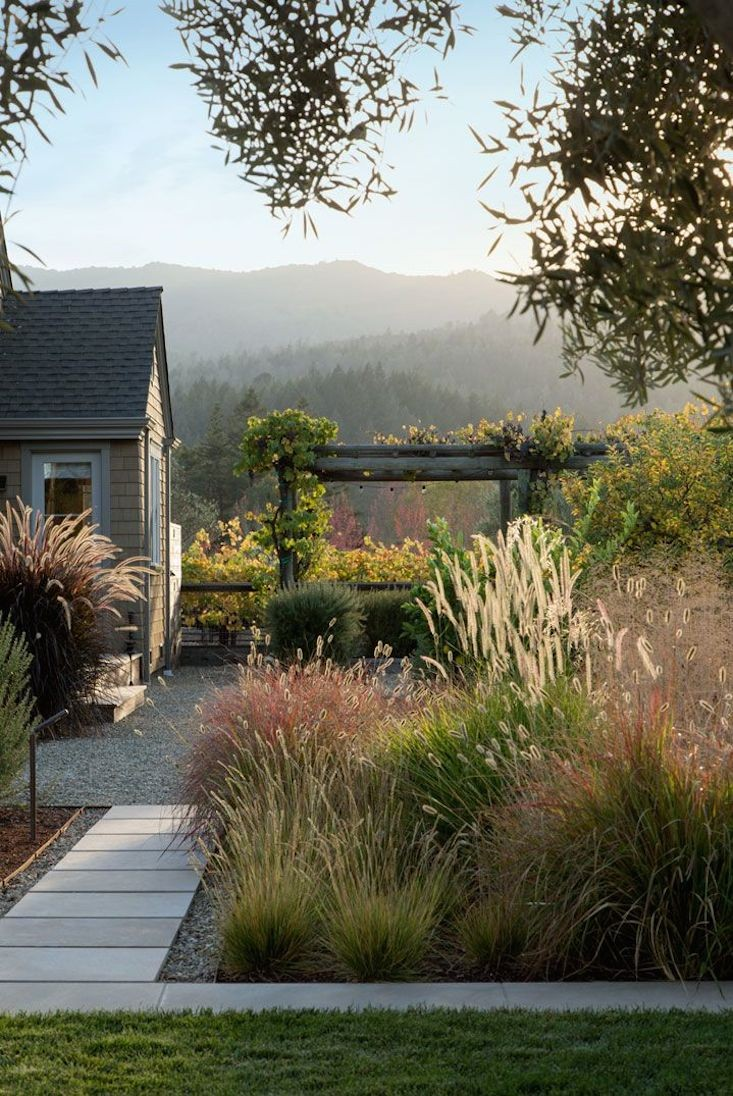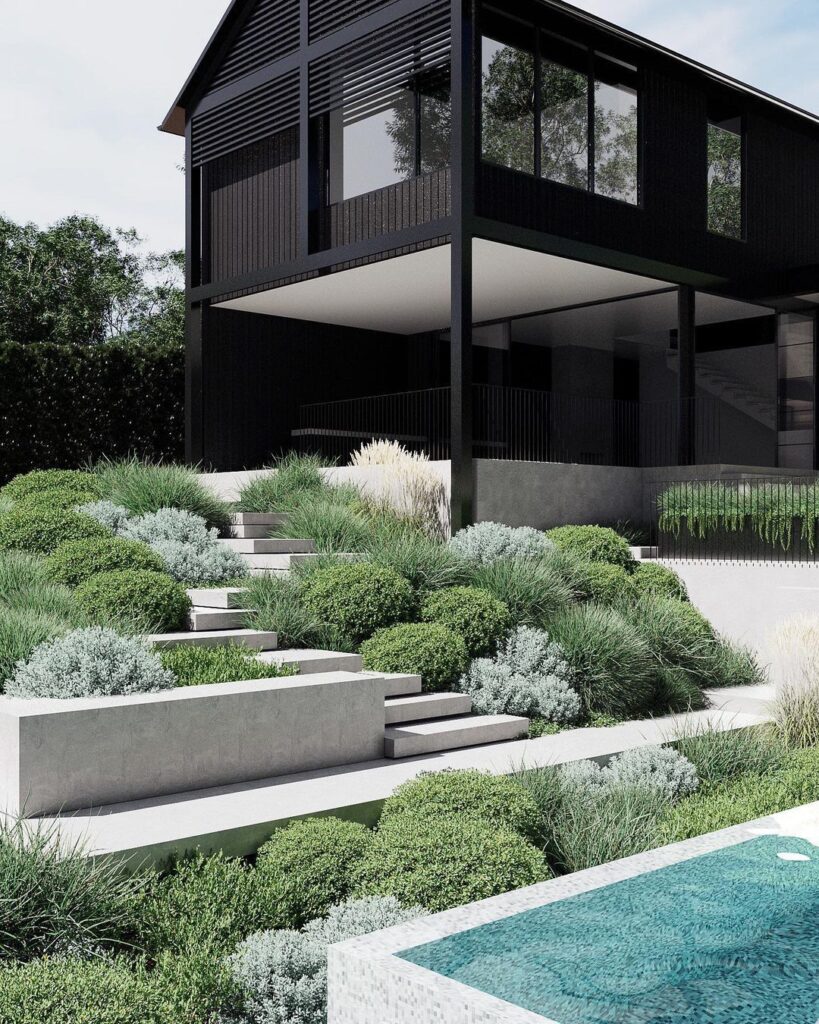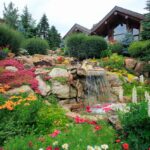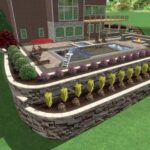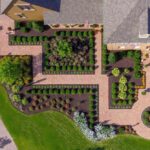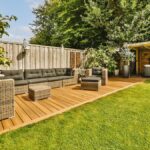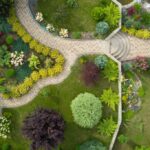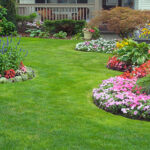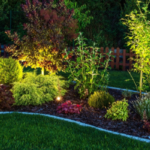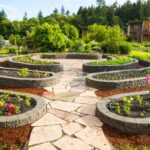Landscape design is an important aspect of any outdoor space, whether it be a backyard garden, a park, or a commercial property. A well-designed landscape can enhance the aesthetics of the area, create a relaxing and inviting atmosphere, and provide functional elements for the people using the space. There are several key principles to keep in mind when designing a landscape, such as balance, unity, contrast, rhythm, and focalization.
Balance is an essential element in landscape design, as it helps to create a sense of harmony and stability in the space. This can be achieved through symmetrical or asymmetrical designs, where the elements of the landscape are arranged in a way that creates a sense of visual equilibrium. Unity is another important principle, as it involves creating a cohesive and cohesive look throughout the entire space. This can be achieved by using similar colors, textures, and shapes throughout the landscape.
Contrast is also key in landscape design, as it helps to create visual interest and draw attention to certain elements of the space. This can be achieved by using contrasting colors, textures, or shapes to create a dynamic and engaging landscape. Rhythm is another important principle to consider, as it involves creating a sense of movement and flow throughout the space. This can be achieved through the repetition of certain elements, such as plants or hardscape features, to create a sense of continuity and visual interest.
Focalization is also an important aspect of landscape design, as it involves creating a focal point or center of interest in the space. This can be achieved through the use of a large tree, a sculpture, or a water feature to draw the eye and create a sense of balance and harmony in the landscape. By incorporating these key principles into the design process, landscape designers can create beautiful and functional outdoor spaces that enhance the overall experience for users.
In addition to these principles, landscape designers also need to consider the specific needs and preferences of the people using the space, as well as the environmental conditions of the area. By working with these factors in mind, landscape designers can create outdoor spaces that are not only visually appealing but also functional and sustainable for the long term. With the right combination of design principles and practical considerations, a well-designed landscape can enhance the beauty and functionality of any outdoor space.
